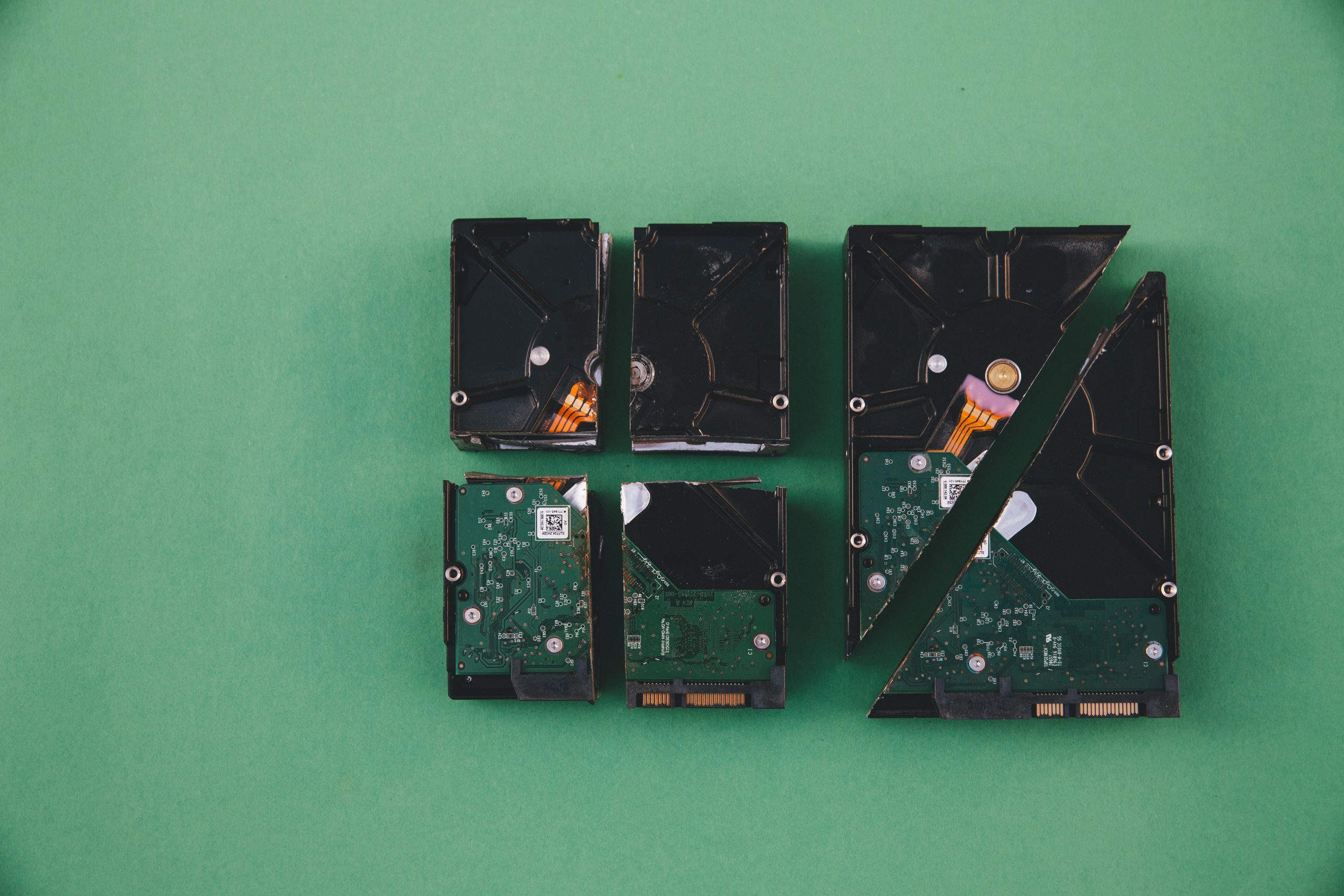Title: Assessing a Potential HDD Failure in Your PC: Steps Toward Recovery and Data Salvage
Introduction
Encountering a non-responsive hard drive can be a stressful experience, especially when your main computer has been a reliable workhorse for years. Recently, I faced such a situation with my Acer Nitro N50-600-UR14, a Windows 10-powered machine that’s served me faithfully for about seven years. The symptoms appeared suddenly during startup, prompting me to evaluate my options for recovery and data rescue. In this article, I’ll share the experience, diagnosis steps, and considerations for others facing similar HDD issues.
Identifying the Issue
The problem began when attempting to boot the system resulted in an error message: “Reboot and Select Proper Boot Device or Insert Boot Media in the selected device and press a key.” This indicative message often points to issues with boot device recognition or drive failure.
Initial Troubleshooting
-
Checking Physical Connections
I started by inspecting the SATA connections between the hard drive and motherboard. Using the common “unplug, wait 10 seconds, replug” method, I ensured the connections were secure. Unfortunately, this did not resolve the issue. -
BIOS Examination
Accessing the BIOS, I noted that the system identified the drive (a Toshiba HDD) but flagged it as “incompatible” or unrecognized as a boot device. This suggested potential drive failure or corruption.
Diagnostic Steps
Given the symptoms, I considered the following options:
-
Testing the Drive in Another System
Moving the HDD to a different computer could confirm whether the drive is physically dead or if the issue is related to the original system. Due to time constraints and mounting concern, I prioritized other diagnostic methods first. -
Booting from External Media
I plan to create a Windows 10 installation USB drive to boot the system externally. This approach allows me to access the drive and run diagnostic tools, including Windows File Recovery, To check for data salvage possibilities. -
Using Diagnostic Tools
Tools such as CrystalDiskInfo or manufacturer-specific utilities (e.g., Toshiba Data Lifeguard) can provide SMART data and health status reports to assess drive viability.
Next Steps for Data Recovery
Recognizing the importance of data salvage, I am considering the following actions:
- Booting Windows from a USB stick to run diagnostics and possibly access files.
- Engaging a knowledgeable friend to provide a second opinion and assist with recovery attempts.
Share this content:

